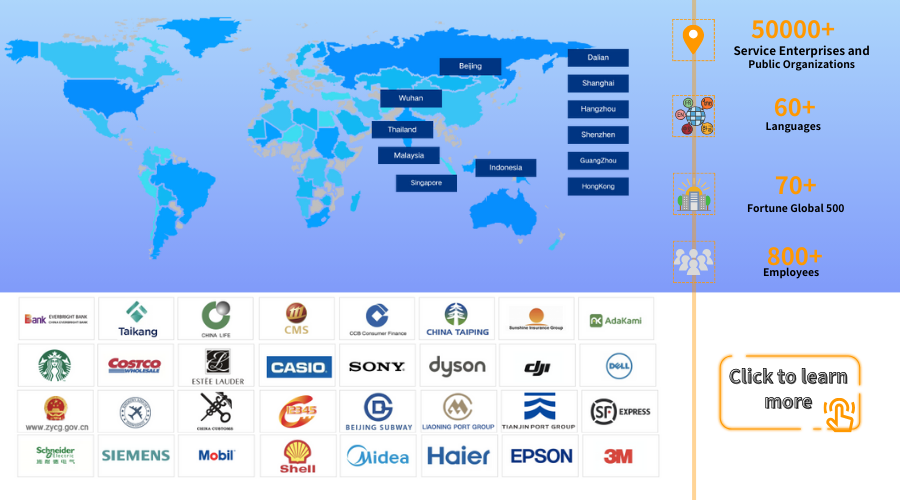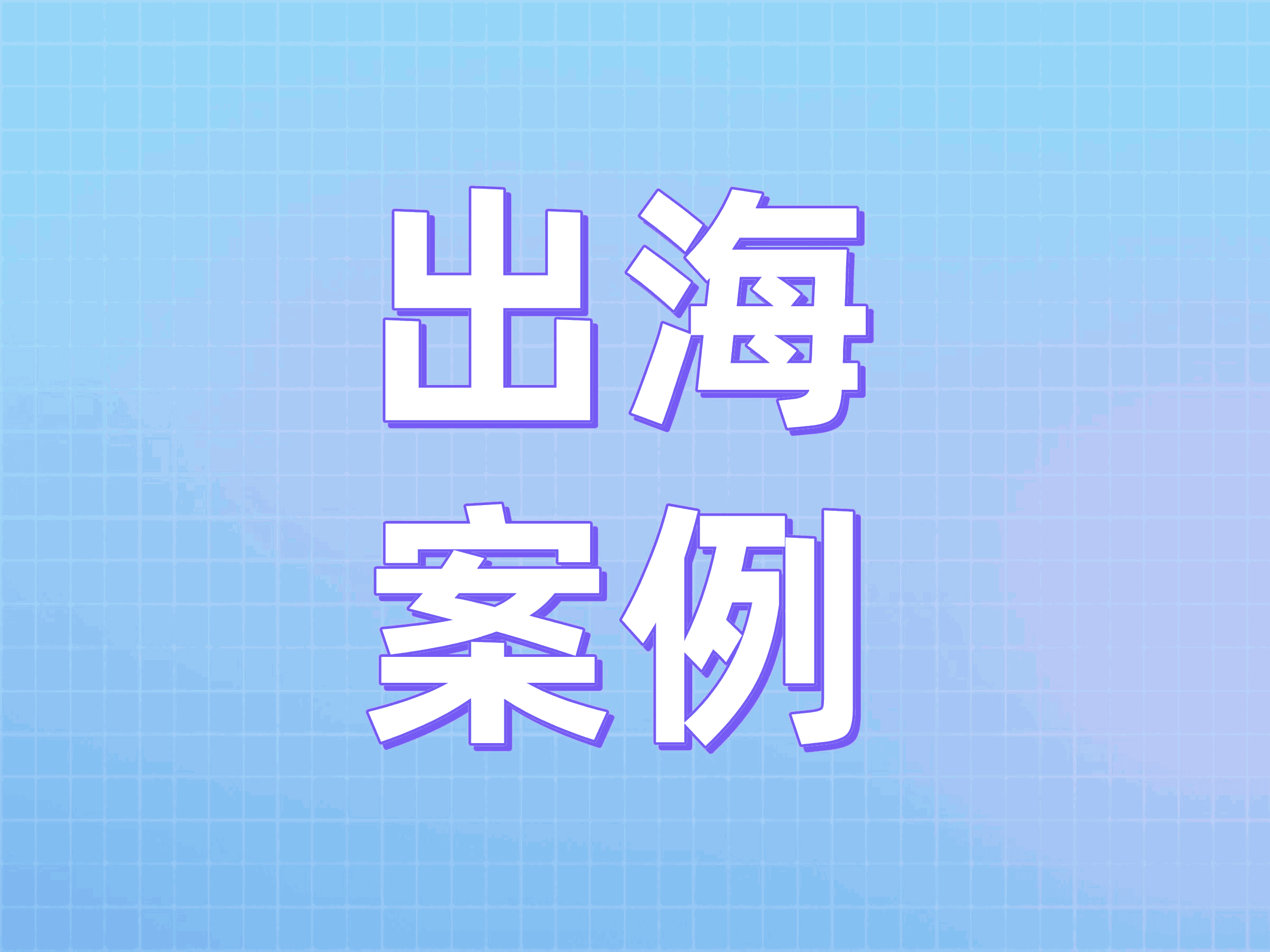Enterprise Online Customer Service Ticket Management System: Empowering Integrated Online and Offline Services for Home Decoration
文章摘要:In the increasingly competitive maternal and infant industry, the operation of maternal and infant chain stores faces numerous challenges. Due to factors such as geographical location and consumer preferences of different customer groups, inventory imbalances often occur across stores. Some stores experience overstocking and slow sales of certain maternal and infant products, while others face shortages of the same products. Traditional manual allocation methods are inefficient, prone to errors, and struggle to meet rapidly changing market demands. The emergence of enterprise work order management systems provides an innovative solution for intelligent product transfer and allocation among maternal and infant chain stores, effectively enhancing store operational efficiency and resource utilization.
In the increasingly competitive maternal and infant industry, the operation of maternal and infant chain stores faces numerous challenges. Due to factors such as geographical location and consumer preferences of different customer groups, inventory imbalances often occur across stores. Some stores experience overstocking and slow sales of certain maternal and infant products, while others face shortages of the same products. Traditional manual allocation methods are inefficient, prone to errors, and struggle to meet rapidly changing market demands. The emergence of enterprise work order management systems provides an innovative solution for intelligent product transfer and allocation among maternal and infant chain stores, effectively enhancing store operational efficiency and resource utilization.
-
Current Challenges in Inventory Allocation for Maternal and Infant Chain Stores
Maternal and infant products encompass a wide range of categories, including milk powder, diapers, strollers, children's clothing, toys, and more, each with different brands, specifications, and models. Due to varying consumption patterns in different business districts, stores located near large residential communities often see high demand for essential products like milk powder and diapers, while stores in shopping districts are more popular for fashionable items such as infant clothing and toys. This leads to significant differences in inventory structures across stores. Traditional inventory management methods rely on manual statistics and communication, with no information sharing between stores, making it difficult to quickly identify stores with available inventory when shortages occur. This often results in missed sales opportunities and reduced customer satisfaction.
Moreover, manual allocation processes are cumbersome, involving multiple steps such as submitting transfer requests, identifying suitable stores, negotiating transfer details, and executing the transfer. These processes are not only time-consuming but also prone to errors during information transmission. For example, if Store A requests a transfer of a specific brand of milk powder from Store B, miscommunication may lead to Store B shipping the wrong brand, causing transfer failures and increasing logistics and time costs. Additionally, there is a lack of effective management tools for issues such as responsibility划分 and inventory data updates during transfers, often leading to operational chaos.
-
Building an Intelligent Transfer and Allocation System with an Enterprise Work Order Management System
An enterprise work order management system can integrate real-time inventory data from all maternal and infant chain stores, creating a unified inventory information platform. By connecting with stores' sales and inventory management systems, the system automatically collects information such as product inventory quantities, categories, and batch numbers, presenting it through visual charts like inventory heatmaps and rankings of best-selling/slow-moving products. Managers and store staff can monitor inventory dynamics across stores at any time, clearly identifying which stores have sufficient inventory and which are at risk of shortages, thereby providing a data foundation for intelligent allocation.

When a store faces shortages or overstocking, it can quickly initiate a transfer work order through the system. Based on predefined rules and algorithms, the system automatically identifies stores that meet the transfer conditions. For instance, it prioritizes stores that are geographically close, have sufficient inventory of the required product, and are not at risk of shortages in the near term. It also intelligently plans transfer routes and calculates optimal transfer quantities. Additionally, the system supports personalized settings for work orders, such as transfer urgency and expected arrival time, ensuring precise handling of transfer requests.
During the workflow of transfer work orders, the enterprise work order management system enables full automation and intelligence. Once a transfer work order is initiated, the system automatically notifies the target store, which can then confirm the order online and arrange shipment. Shipment information is synchronized in real time with the system. For logistics and delivery, the system can integrate with third-party logistics platforms to obtain tracking numbers and monitor shipment progress, ensuring real-time visibility of transferred products. When the products arrive at the requesting store, staff complete the acceptance process through the system, automatically updating inventory data. The entire transfer process forms a closed-loop management system, ensuring accuracy and efficiency.
Enterprise Work Order Management System: Optimizing Resource Allocation for Maternal and Infant Chain Stores
-
Significant Advantages of the Intelligent Transfer and Allocation Solution
The implementation of an intelligent transfer and allocation system through an enterprise work order management system can significantly reduce inventory costs. On one hand, it effectively minimizes capital tied up in overstocked inventory and losses due to product expiration. On the other hand, it avoids additional costs associated with emergency procurement caused by shortages. For example, in the past, a store might overestimate demand for seasonal infant clothing, leading to overstocking that could only be resolved through discounted sales, resulting in significant losses. With the system, overstocked products can be promptly transferred to stores with higher demand, reducing inventory risks. Simultaneously, stores facing shortages can quickly receive transferred goods, avoiding sales losses and improving overall inventory turnover rates.
The intelligent transfer and allocation solution significantly enhances the customer shopping experience. When a customer urgently needs a specific maternal or infant product that is out of stock at a store, staff can quickly check inventory levels at other stores through the system and inform the customer of the expected transfer time, demonstrating professionalism and attentiveness. Moreover, improved transfer efficiency ensures that out-of-stock products are restocked faster, meeting immediate customer needs and strengthening trust and loyalty toward the store. This, in turn, enhances the store's reputation and competitiveness.
Furthermore, the enterprise work order management system provides robust support for decision-making in maternal and infant chain enterprises. By analyzing work order data, such as transfer frequency, product categories, and store distribution, the system helps businesses understand sales characteristics and demand trends across regions and stores. This data serves as a basis for product procurement, inventory layout, and market strategy formulation. For example, if analysis reveals frequent transfers of a specific brand of organic milk powder across multiple stores in a region, the enterprise can increase procurement of that product in the area and intensify marketing efforts, achieving precision operations.
-
Success Case Validating the Solution's Effectiveness
A large maternal and infant chain enterprise achieved remarkable results after implementing an enterprise work order management system. Within three months of system deployment, the average response time for transfers between stores was reduced by 60%, inventory turnover increased by 40%, and the shortage rate decreased by 35%. During a promotional event, intelligent allocation through the system prevented the loss of a significant number of orders that would have otherwise been missed due to shortages, contributing to a 25% year-on-year increase in overall sales during the event. Additionally, customer satisfaction with the stores improved substantially, with complaint rates dropping by 50%, fully demonstrating the powerful value and application potential of enterprise work order management systems in intelligent transfer and allocation for maternal and infant chain stores.
In the digital era, enterprise work order management systems are driving transformative changes in inventory management and operations for maternal and infant chain stores. By enabling intelligent transfer and allocation, they optimize resource allocation, reduce operational costs, and enhance customer experience and competitiveness. As technology continues to evolve and improve, enterprise work order management systems will play an even more critical role in the maternal and infant chain industry, driving it toward greater intelligence and efficiency.
Udesk Enterprise Work Order Management System by Workfine Technology enables teams to complete tasks efficiently and helps enterprises rapidly improve productivity. It integrates with over 20 communication channels worldwide, seamlessly connecting your global customers. Work orders can be automatically routed and assigned based on business needs, ensuring precision and efficiency. Each work order not only contains rich business information but also integrates data from multiple dimensions, including customers, companies, and operations, providing comprehensive visibility at a glance!
The article is original by Udesk, and when reprinted, the source must be indicated:https://www.udeskglobal.com/blog/enterprise-online-customer-service-ticket-management-system-empowering-integrated-online-and-offline-services-for-home-decoration.html

 Customer Service& Support Blog
Customer Service& Support Blog


